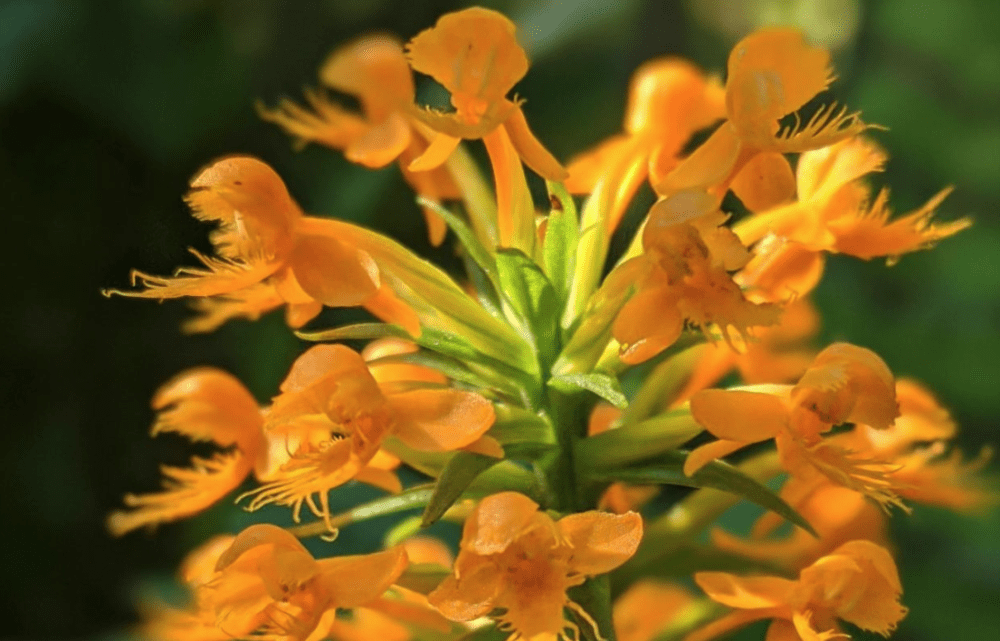Advertisement
Rare Orchid Found 19 Years After Disappearing From Mass.

A state botanist recently came across an endangered plant that has not been seen in Massachusetts in almost 20 years, a plant so rare that the Massachusetts Division of Fisheries and Wildlife will not say precisely where it is growing.
Though botanists have searched for it regularly since it disappeared from the Massachusetts landscape in 2001, none had found a crested fringed orchid until Dr. Robert Wernerehl from MassWildlife's Natural Heritage and Endangered Species Program discovered eight plants of "[t]he diminutive orchid with striking orange blooms" on public land in Bristol County.
"Although I locate many rare species every year, this find took my breath away. Given the condition of the site, and the knowledge that many botanists have searched fruitlessly for this rarity for years, I was not at all expecting to find it," Wernerehl said. "But while forcing my way through dense shrubby thickets laden with poison ivy, I kept reminding myself to move slowly and keep looking. Glancing down, a bright orange spot in the tangle of branches caught my eye, and as I bent over the plant, I knew immediately I had found it, but thought, can this really be happening?"
Because of the rarity of Wernerehl's find, MassWildlife said "the location of this plant is not being disclosed." The agency provided broad hints about the Bristol County location where the endangered plant was found: the orchid was "found on public land that is partially protected" and "in a shrubby wetland thicket of sweet pepperbush, swamp azalea, and poison ivy."
MassWildlife said the recently-discovered group of eight crested fringed orchids is the northernmost known population of the plant in the United States and the only population known in New England. The next closest crested fringed orchids are located on Long Island.
MassWildlife said the Bristol County plants remain at risk of habitat changes, invasive species, "deer browse," and climate change.